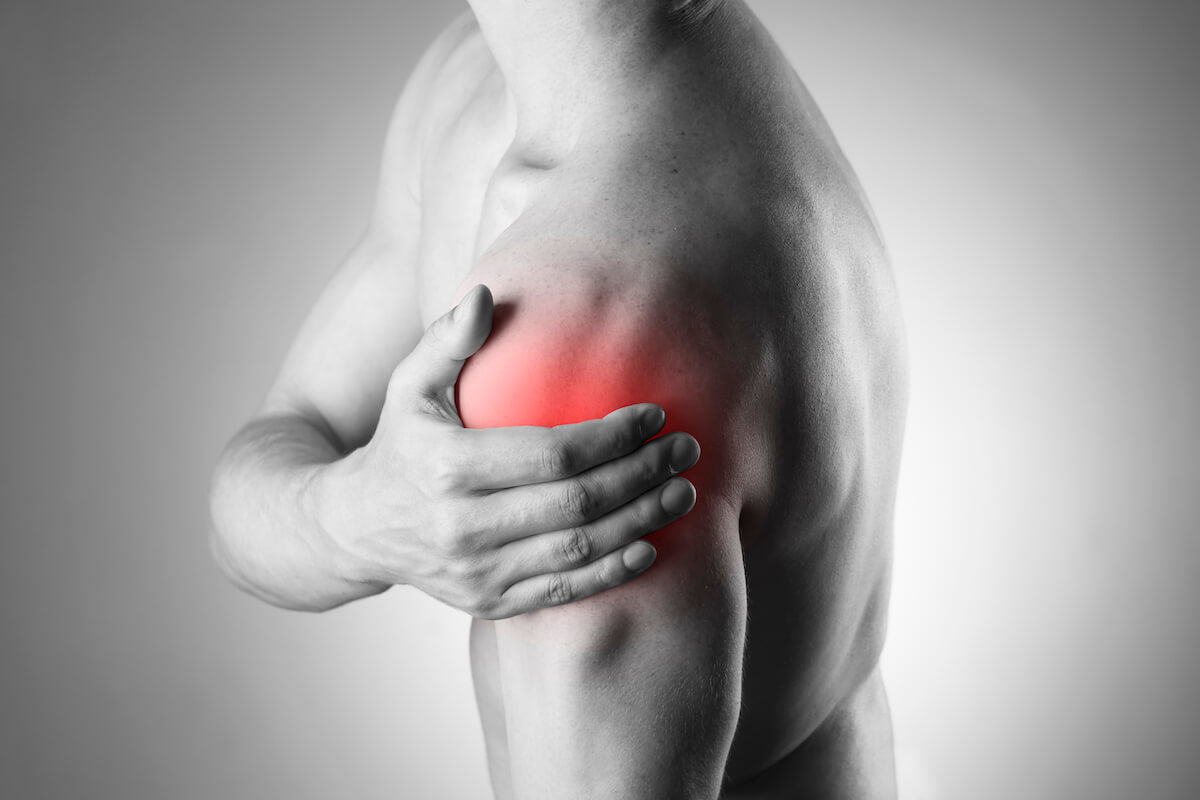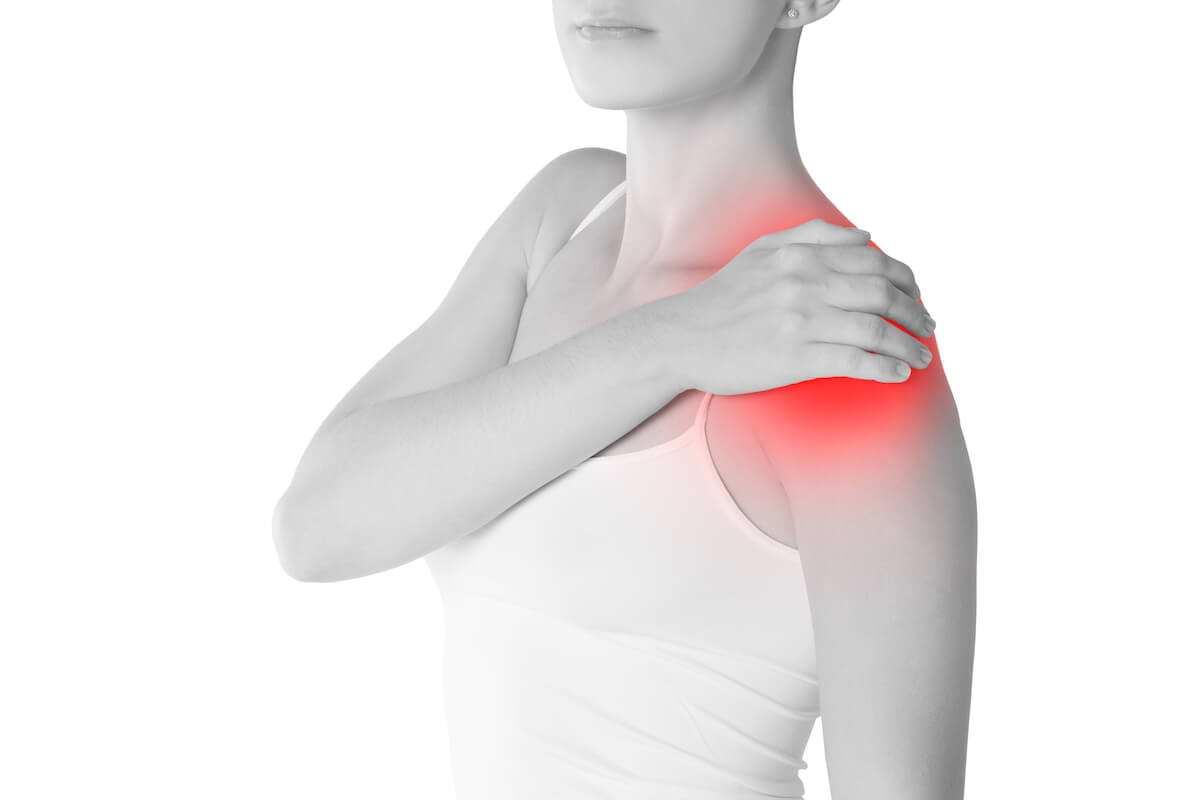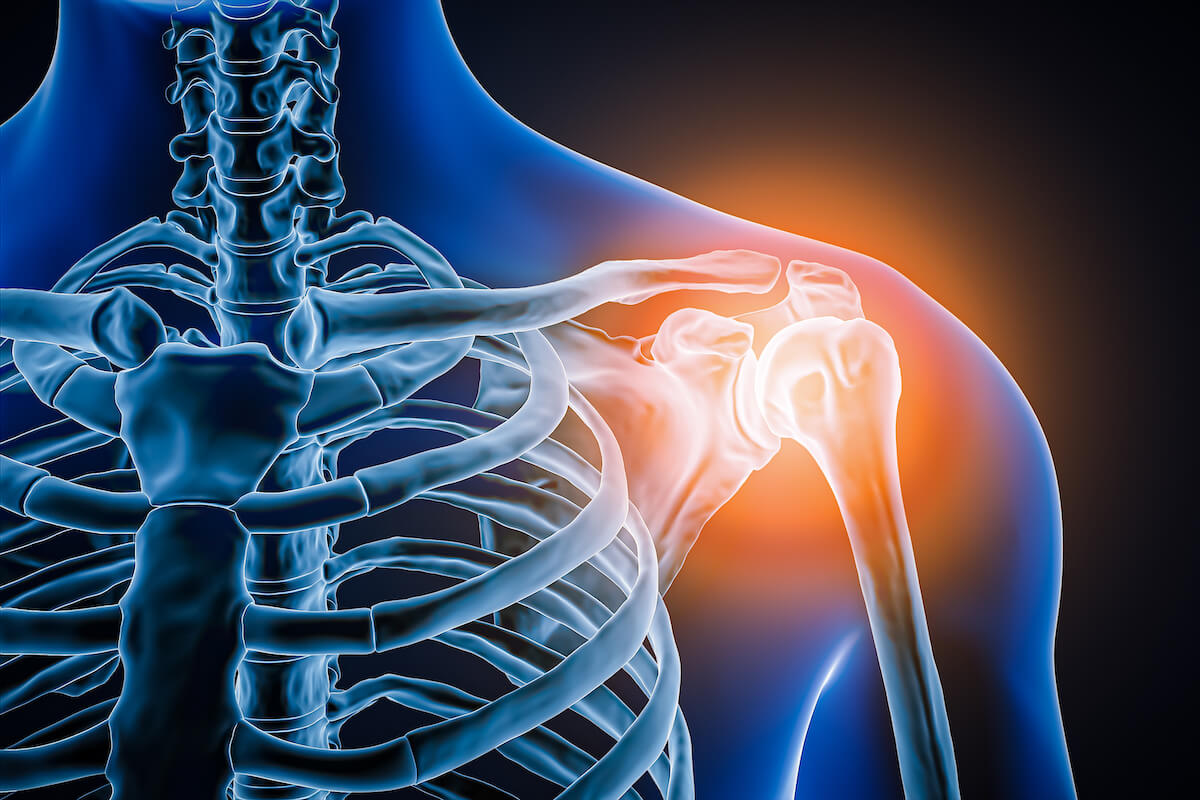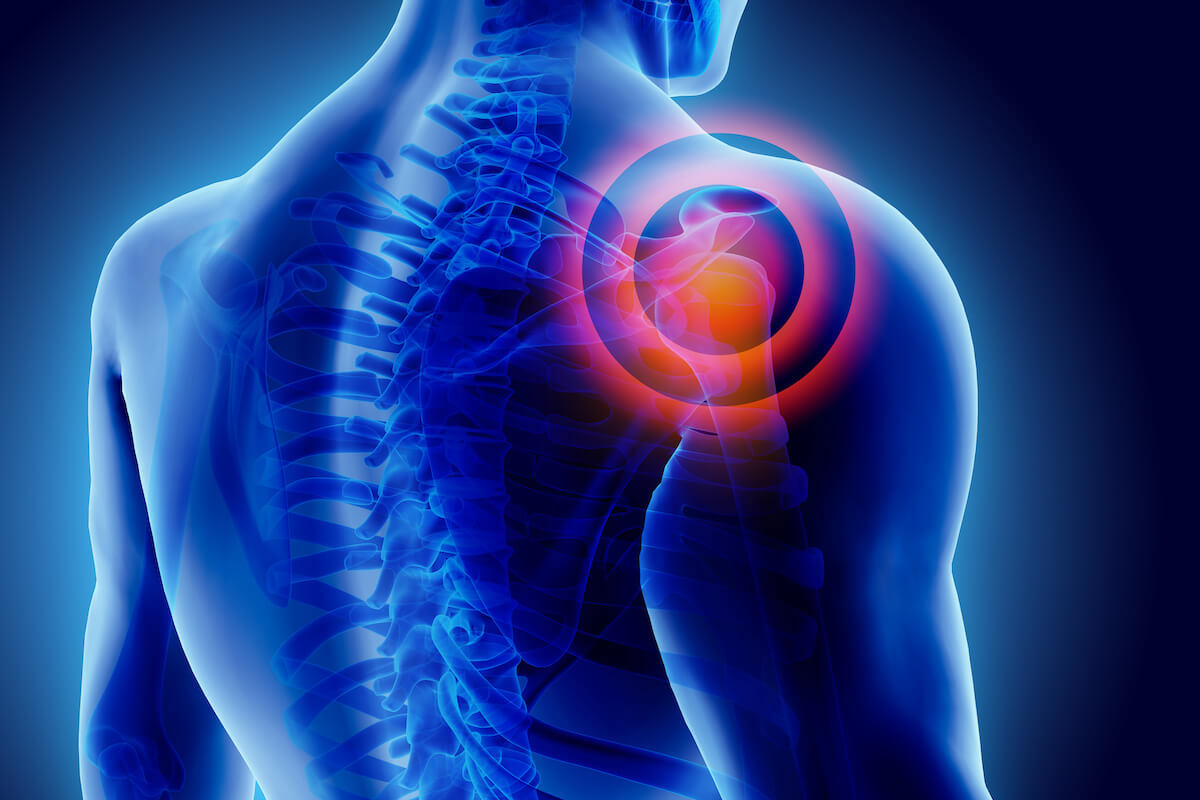Shoulder Conditions
There is a wide range of shoulder conditions that can affect your day-to-day life.
Shoulder conditions
When it comes to maintaining an active and healthy lifestyle, our shoulders play a crucial role. They allow us to perform a wide range of movements, from lifting and carrying objects to reaching overhead and throwing a ball. However, shoulder conditions can significantly impact our ability to move freely and without pain.
Common Types of Shoulder Conditions
Shoulder conditions can encompass a variety of injuries and disorders that affect the structures surrounding the shoulder joint. One of the most common types is rotator cuff tendinitis, which involves inflammation of the tendons that connect the muscles to the bones in the shoulder. Another prevalent condition is shoulder impingement syndrome, where the tendons get pinched between the bones of the shoulder joint. Additionally, shoulder arthritis, frozen shoulder are also common shoulder conditions that can cause pain and restricted motion.
Causes and Risk Factors of Shoulder Conditions
Shoulder conditions can arise from various causes and risk factors. Overuse or repetitive movements, such as those seen in athletes or individuals with physically demanding jobs, can lead to shoulder injuries. Traumatic events, such as falls or accidents, can also result in shoulder conditions. Age is another factor, as the natural wear and tear of the shoulder joint can increase the likelihood of developing certain conditions. Other risk factors include poor posture, muscle imbalances, obesity, and certain medical conditions like diabetes or thyroid disorders.
Symptoms and Diagnosis of Shoulder Conditions
Recognising the symptoms of shoulder conditions is vital for early intervention and effective treatment. Common symptoms include pain, tenderness, stiffness, weakness and limited range of motion in the shoulder joint. Activities such as lifting, reaching or carrying can worsen symptoms. To diagnose shoulder conditions, orthopedists may perform a thorough physical examination, review medical history and order imaging tests such as x-rays, MRI or ultrasound. These diagnostic tools help identify the underlying cause and extent of the shoulder condition.
Treatment Options for Shoulder Conditions
Once diagnosed, the treatment approach for shoulder conditions may vary depending on the severity and specific condition. The primary goal is to relieve pain, restore function, and prevent further damage. Treatment options can include a combination of medications, physical therapy, injections, and in severe cases, surgery.
- Medications: Nonsteroidal anti-inflammatory drugs (NSAIDs) are commonly prescribed to reduce pain and inflammation associated with shoulder conditions. Pain medications, such as acetaminophen, may also be recommended for short-term relief. Topical creams or patches containing analgesics can provide localized pain relief.
- Physical therapy: Physical therapy plays a crucial role in the management of shoulder conditions. It involves exercises and stretches that aim to strengthen the muscles surrounding the shoulder joint, improve flexibility, and increase range of motion. Physical therapists may also use techniques like heat therapy, ultrasound, or electrical stimulation to alleviate pain and promote healing.
- Injections: Corticosteroid injections are often used to reduce inflammation and relieve pain in the shoulder joint. These injections are administered directly into the affected area under the guidance of imaging techniques. In some cases, hyaluronic acid injections may be used to provide lubrication and cushioning to the joint.
- Surgery: In severe cases where conservative treatments have not provided relief, surgery may be recommended. The type of surgery will depend on the specific shoulder condition. Common surgical procedures include rotator cuff repair, shoulder arthroscopy, shoulder replacement, or shoulder stabilization.
Rehabilitation and Recovery for Shoulder Conditions
After surgery or completion of non-surgical treatments, rehabilitation plays a key role in restoring shoulder function and preventing future complications. Rehabilitation programs are tailored to each individual’s specific needs and may include a combination of exercises, stretching and manual therapy techniques. These programs are designed to gradually strengthen the shoulder muscles, improve range of motion and enhance overall stability. It is important to follow your doctors’ guidance and commit to your prescribed rehabilitation program for optimal recovery.
Preventing Shoulder Conditions
While some shoulder conditions may be unavoidable due to factors beyond our control, there are measures we can take to reduce the risk of developing shoulder problems. Maintaining good posture, avoiding repetitive overhead activities, and practicing proper lifting techniques can help prevent shoulder injuries. Regular exercise that focuses on strengthening the muscles around the shoulder joint is also essential for maintaining shoulder health. It is important to listen to our bodies, rest when needed, and seek medical attention at the first sign of discomfort or pain.
Living with Shoulder Conditions
Living with a shoulder condition can present various challenges, but that doesn’t mean you have to give up an active lifestyle. By understanding your condition, following a comprehensive treatment plan and making the necessary modifications to your daily activities, you can continue to live a fulfilling life.








